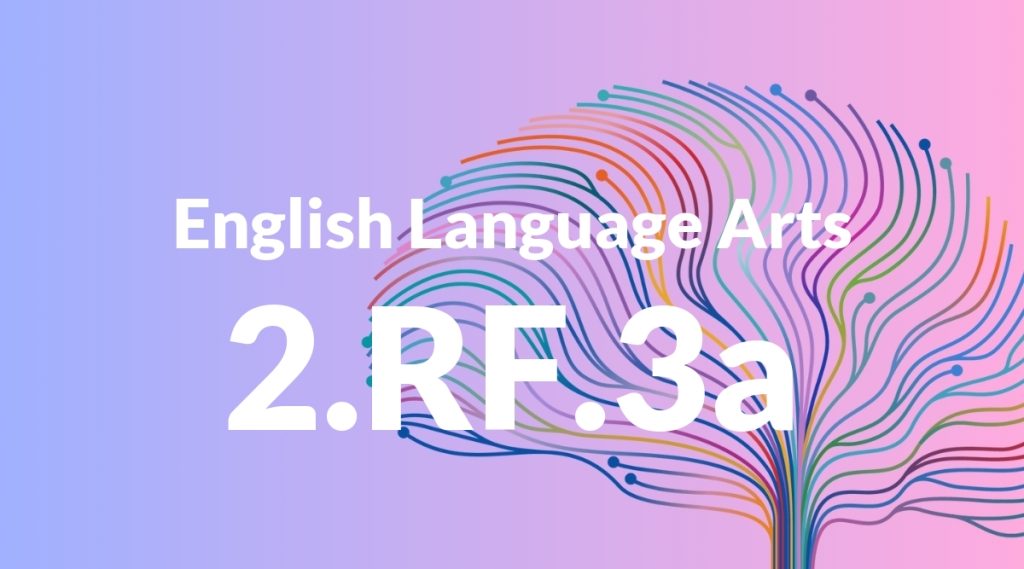Standard: 2.RF.3a – Distinguish long and short vowels when reading regularly spelled one-syllable words.
Grade level: Grade 2
Subject: English Language Arts
Domain: Reading: Foundational Skills
Teacher Overview
This standard focuses on helping students distinguish between long and short vowel sounds in regularly spelled one-syllable words. Mastery of this skill is crucial for developing accurate and fluent reading abilities. Before tackling this standard, students should have a basic understanding of vowel sounds and be able to recognize and pronounce them in simple words.
After mastering this standard, students will be able to decode more complex words, which will improve their spelling, reading fluency, and comprehension skills.
Common Misconception 1
A common misconception is that all vowel sounds are the same. This is incorrect because vowels can make different sounds depending on their placement and the letters around them.
Intervention 1
To address this misconception, use visual aids like vowel charts and auditory examples to demonstrate the differences between long and short vowel sounds.
Common Misconception 2
Another misconception is that the spelling of a word always indicates its vowel sound. This is incorrect because the same spelling pattern can produce different vowel sounds in different words.
Intervention 2
To correct this, provide examples of words with the same spelling patterns but different vowel sounds, and practice these with the students.
Prerequisite Knowledge
Students should be familiar with the basic sounds of each vowel (a, e, i, o, u) and be able to recognize and pronounce them in simple words.
Subsequent Knowledge
Students will develop the ability to decode more complex words, improve their spelling skills, and enhance their reading fluency and comprehension.
Instructional Activities
- Use flashcards with different one-syllable words and have students identify the vowel sounds.
- Play a matching game where students match words with the same vowel sounds.
- Read aloud from a simple book and have students raise their hands when they hear a long or short vowel sound.
- Create a chart with two columns for long and short vowels and have students sort words into the correct column.
- Use phonics software or apps that focus on vowel sounds.




